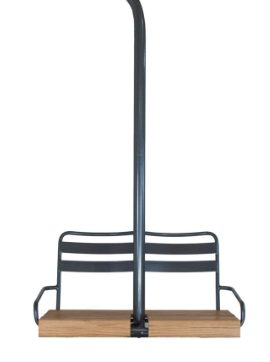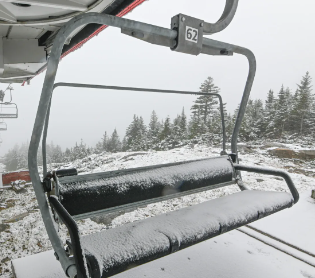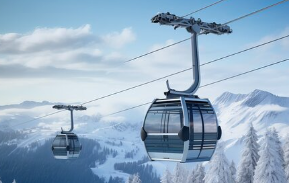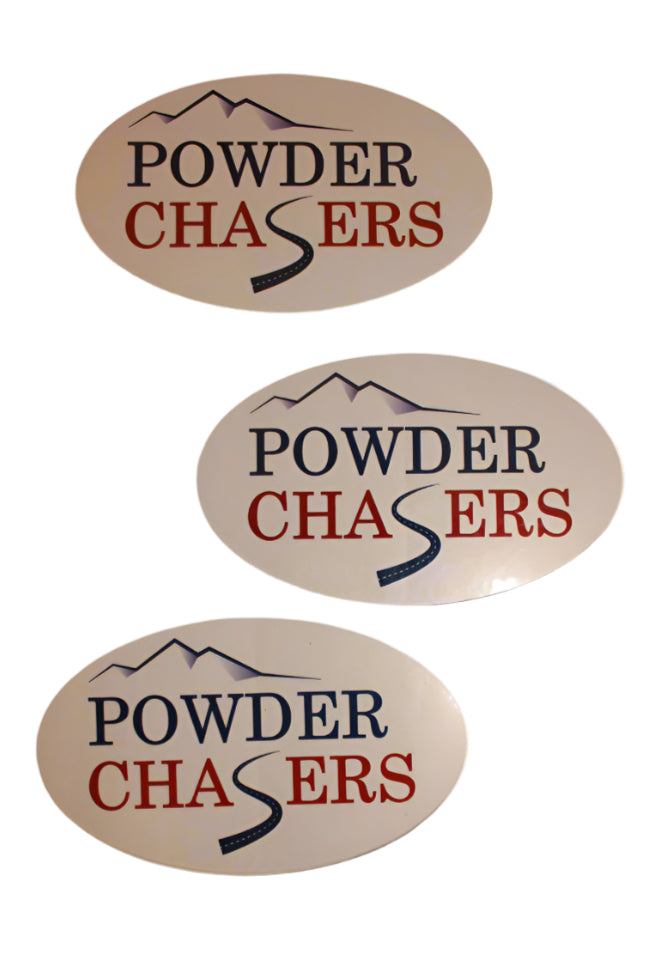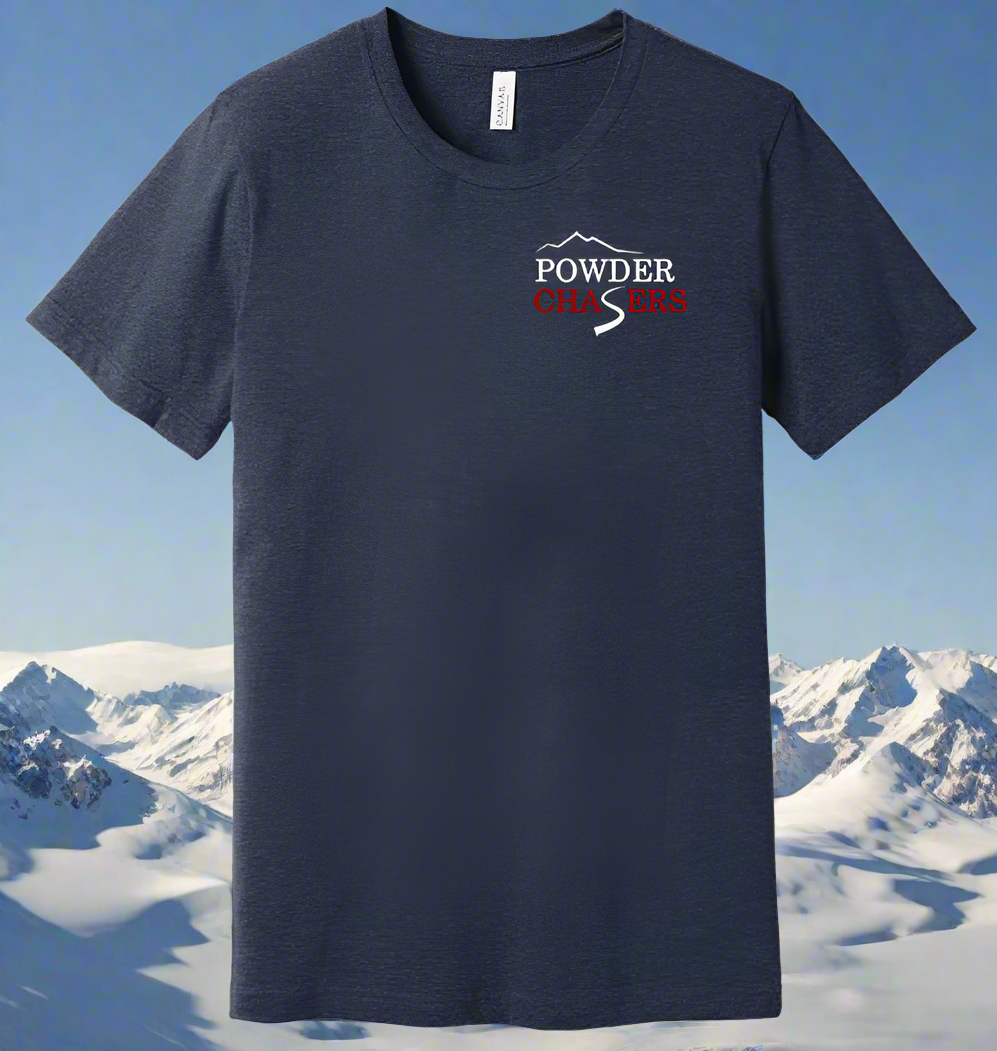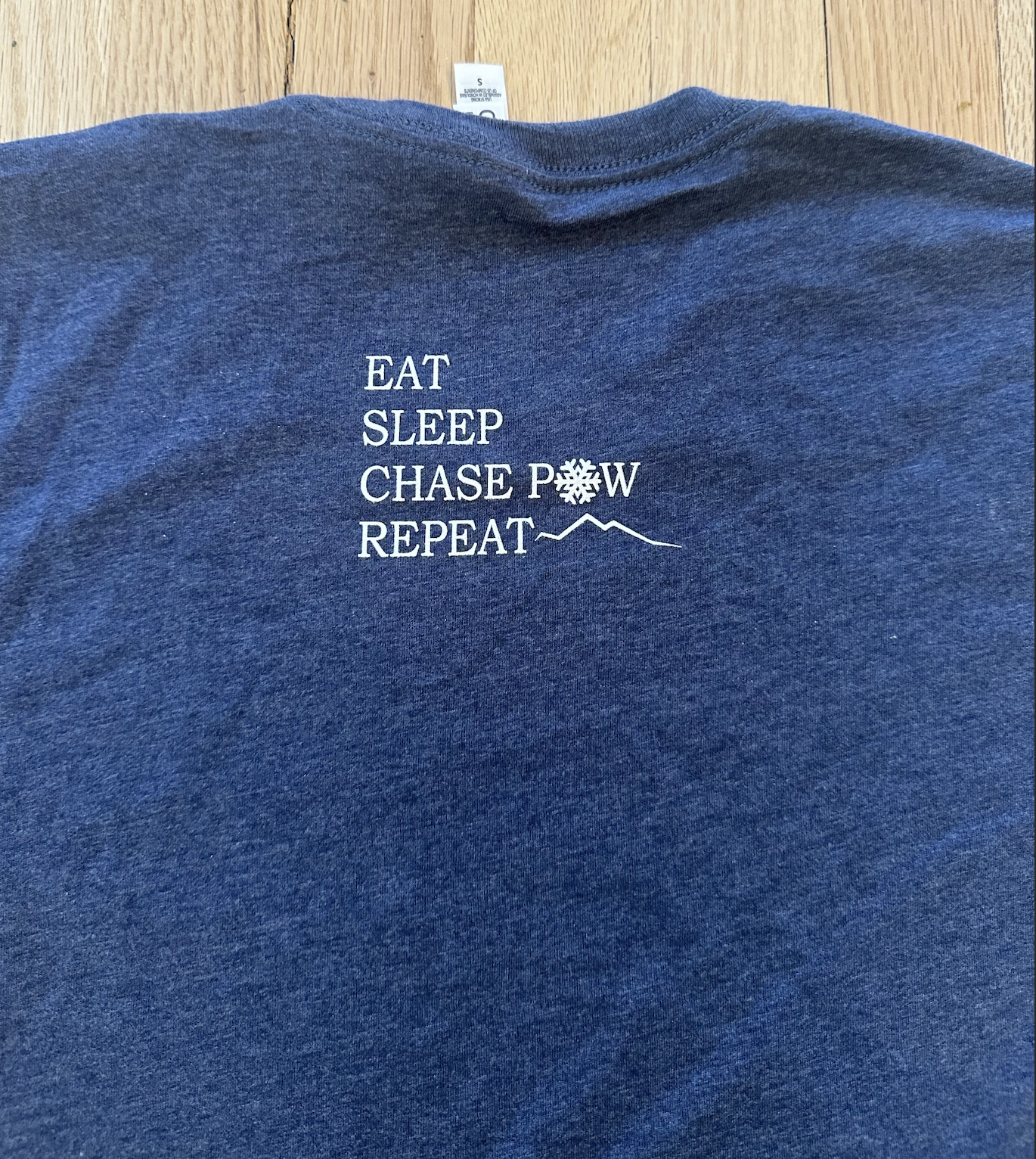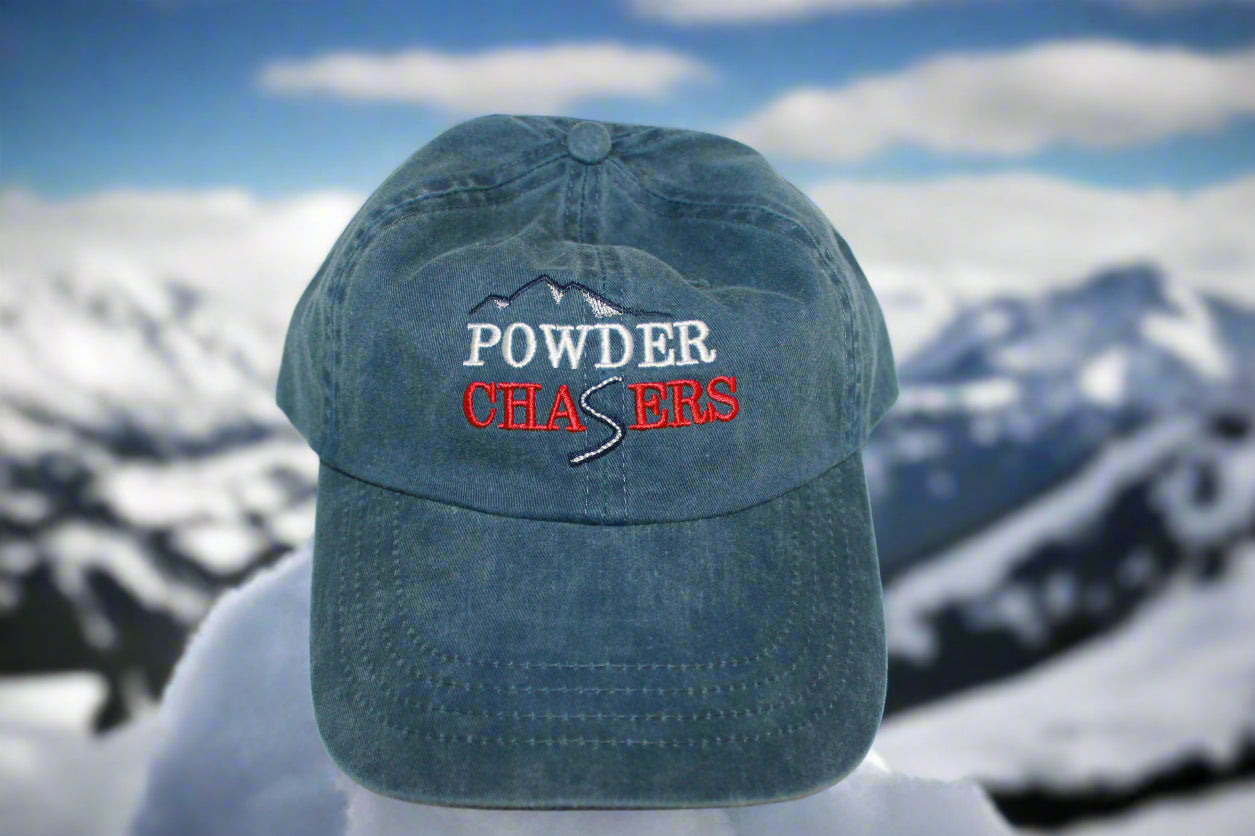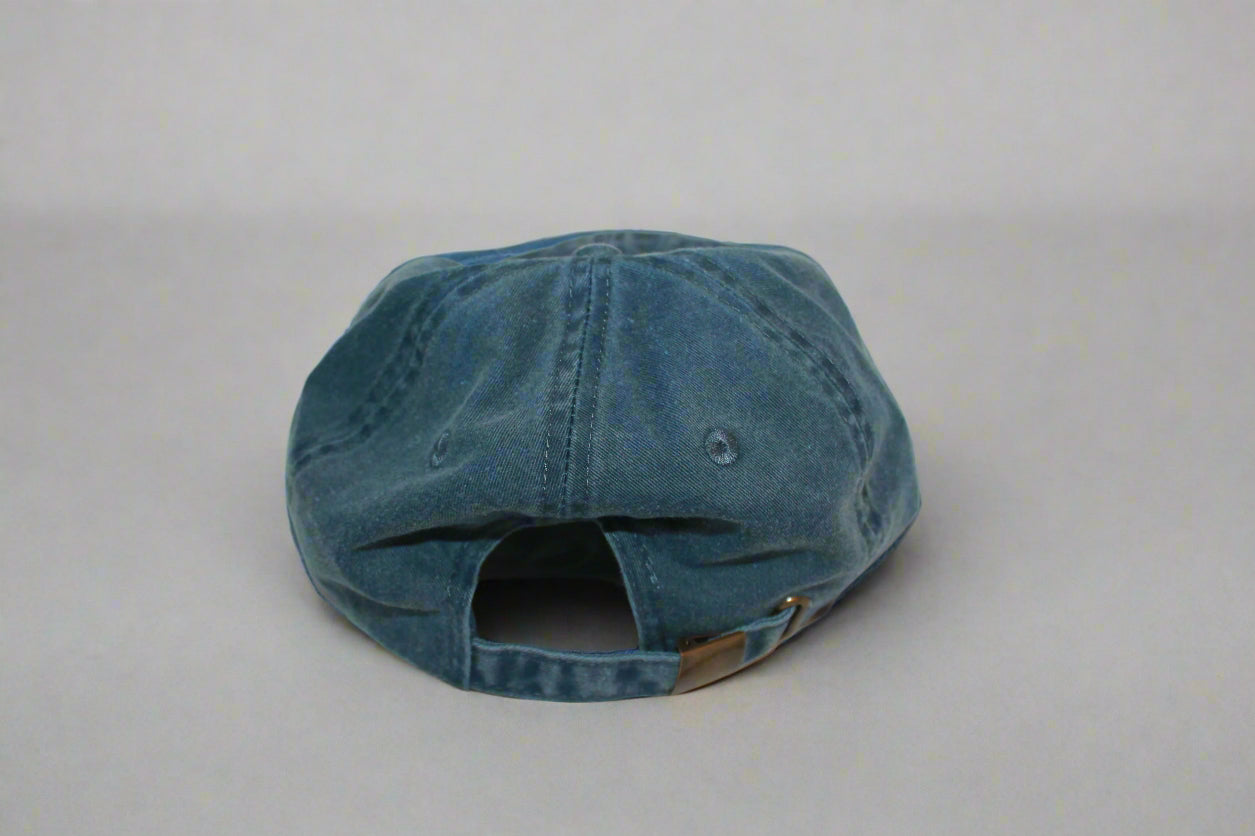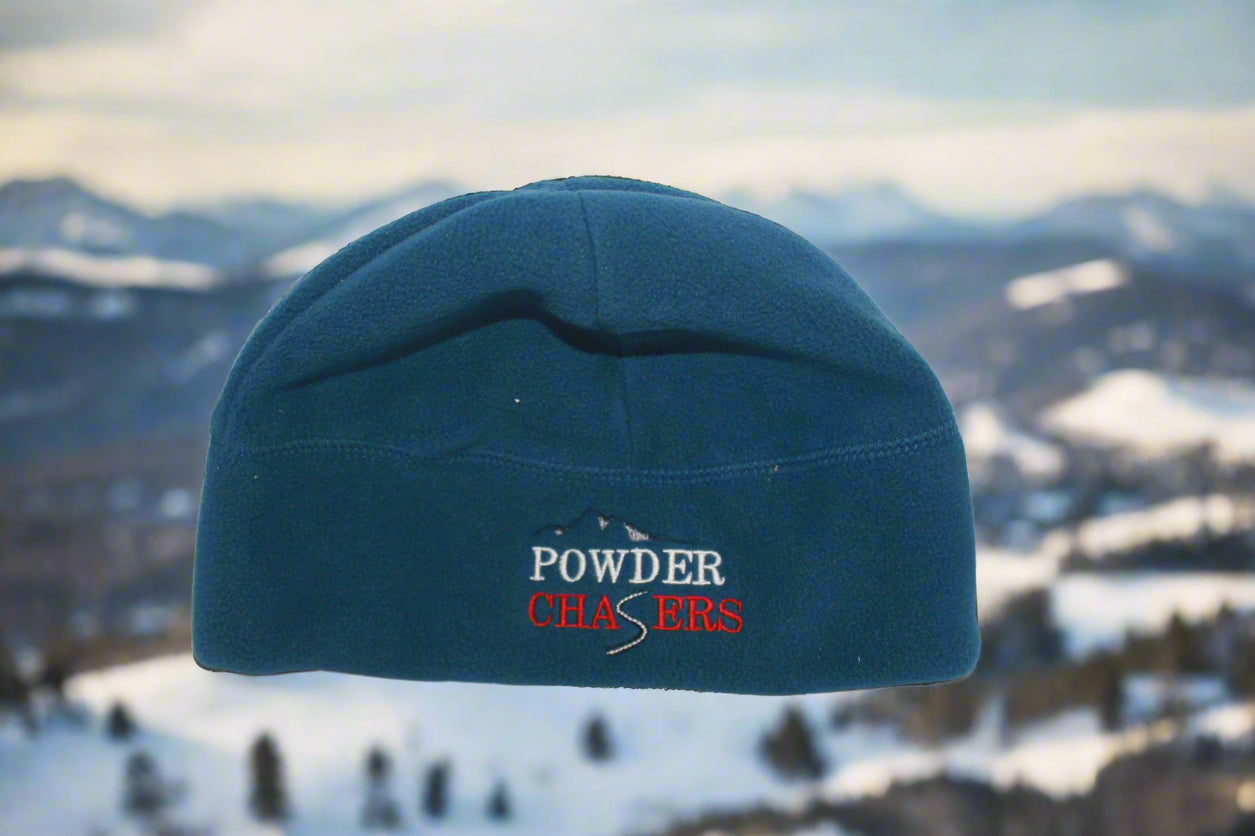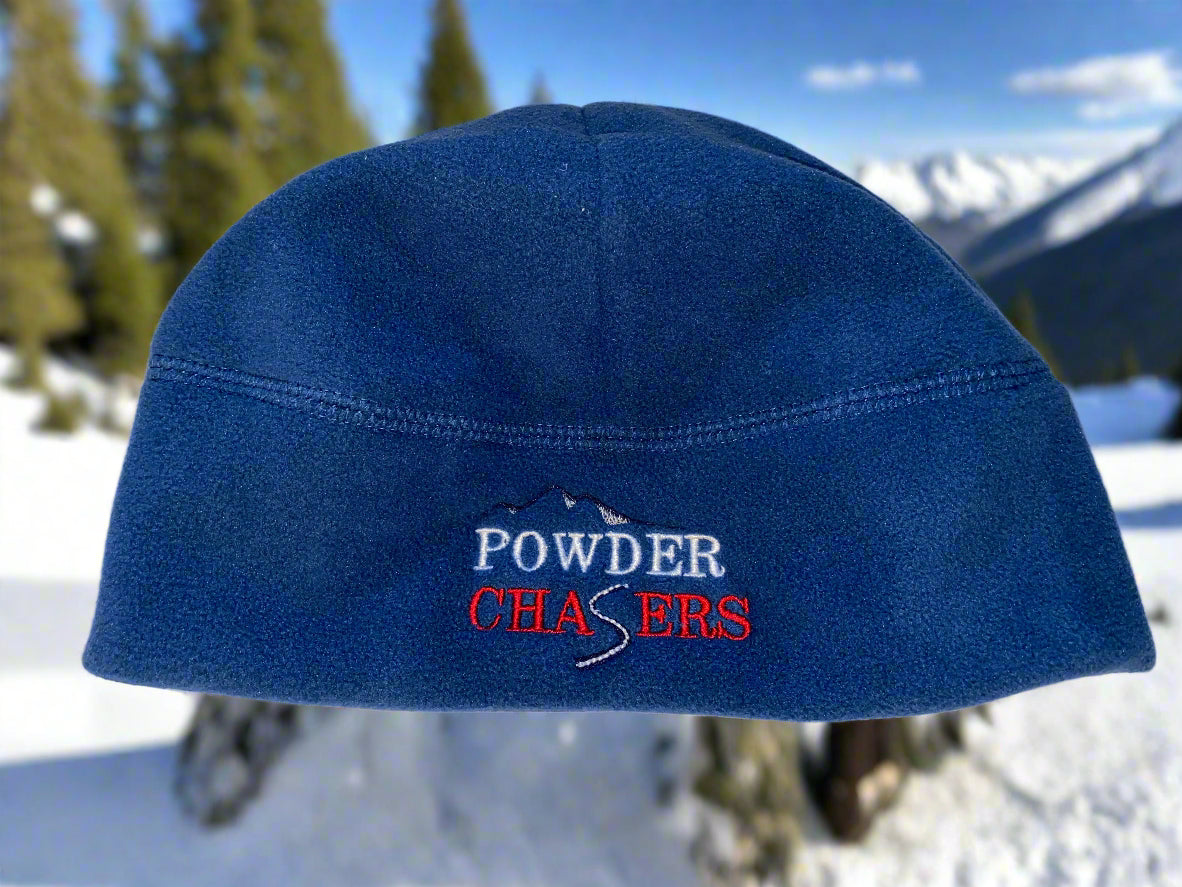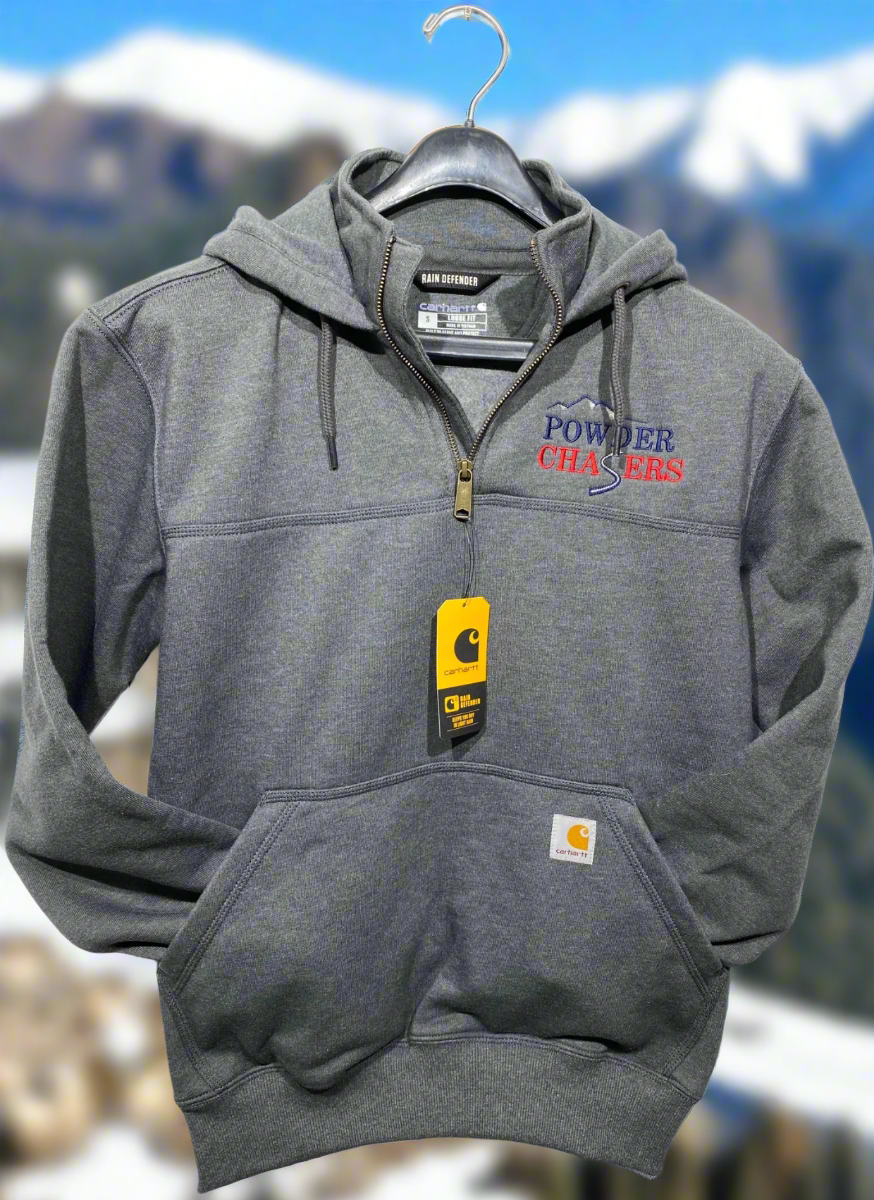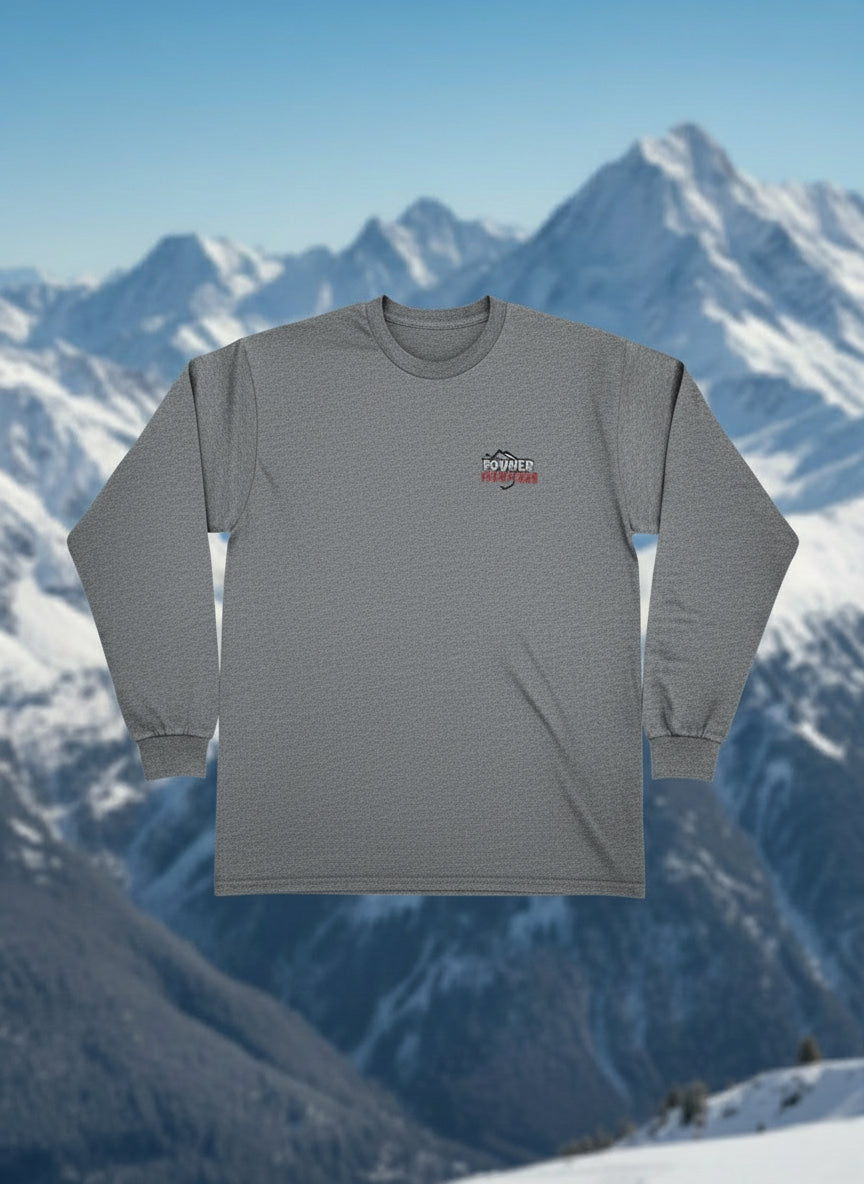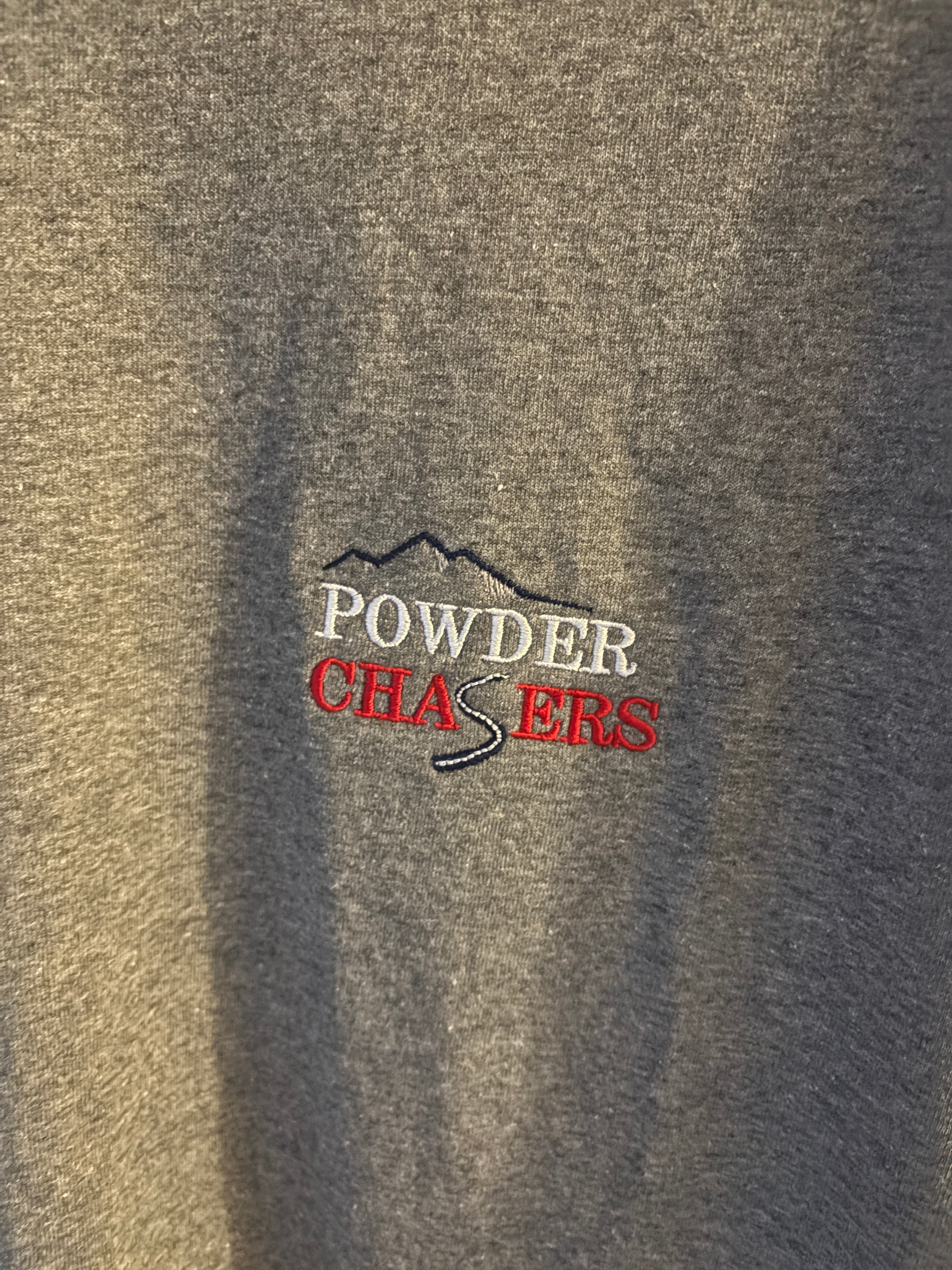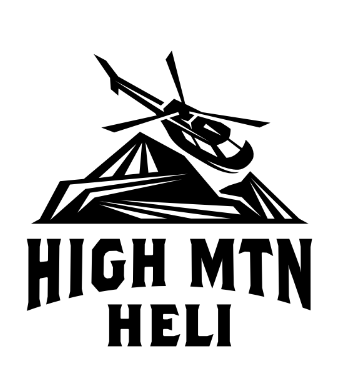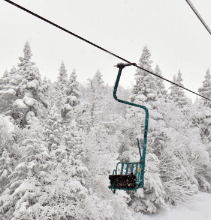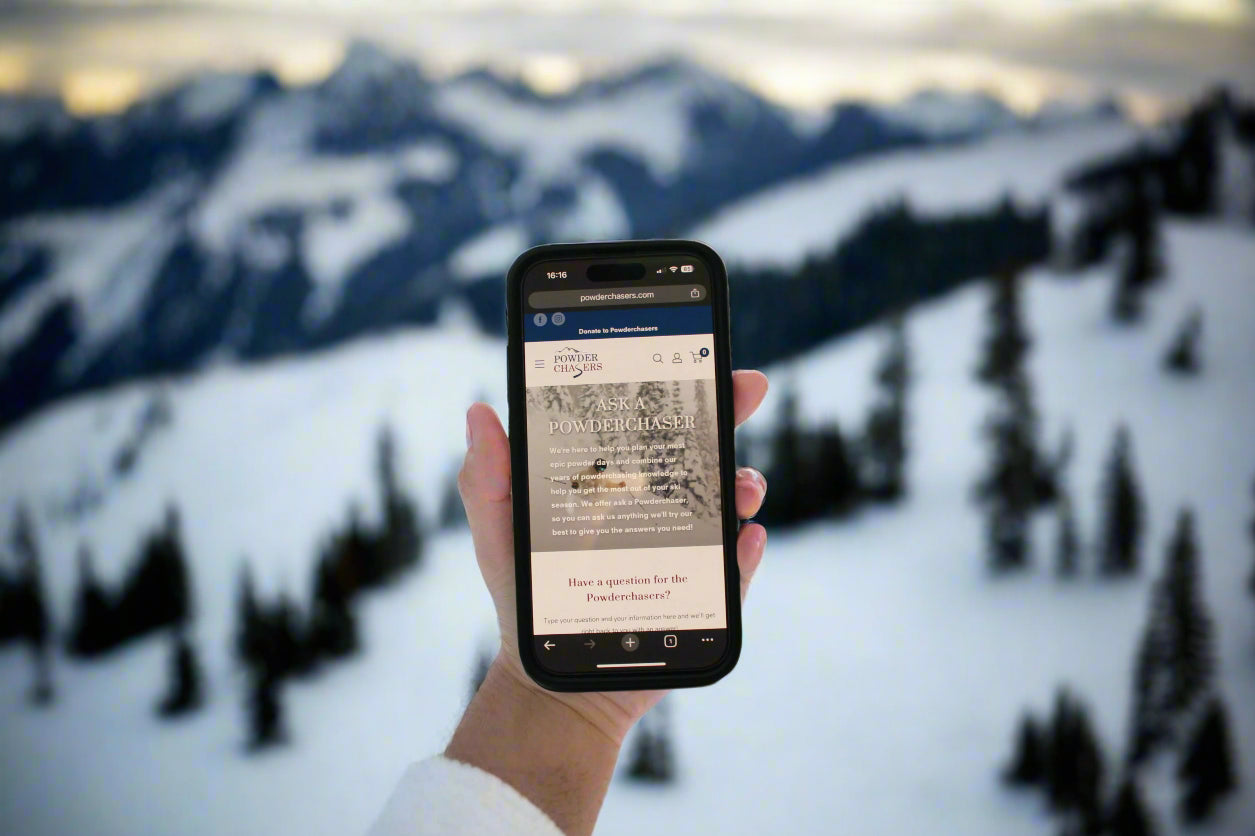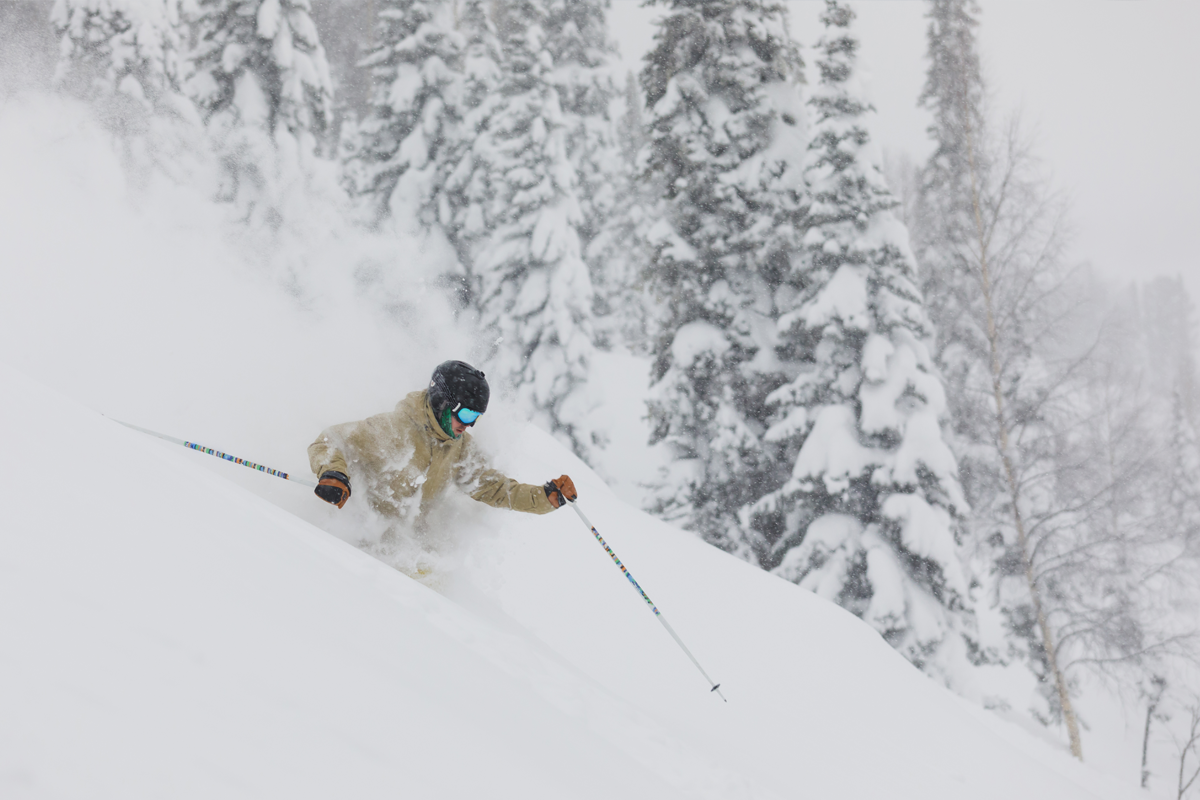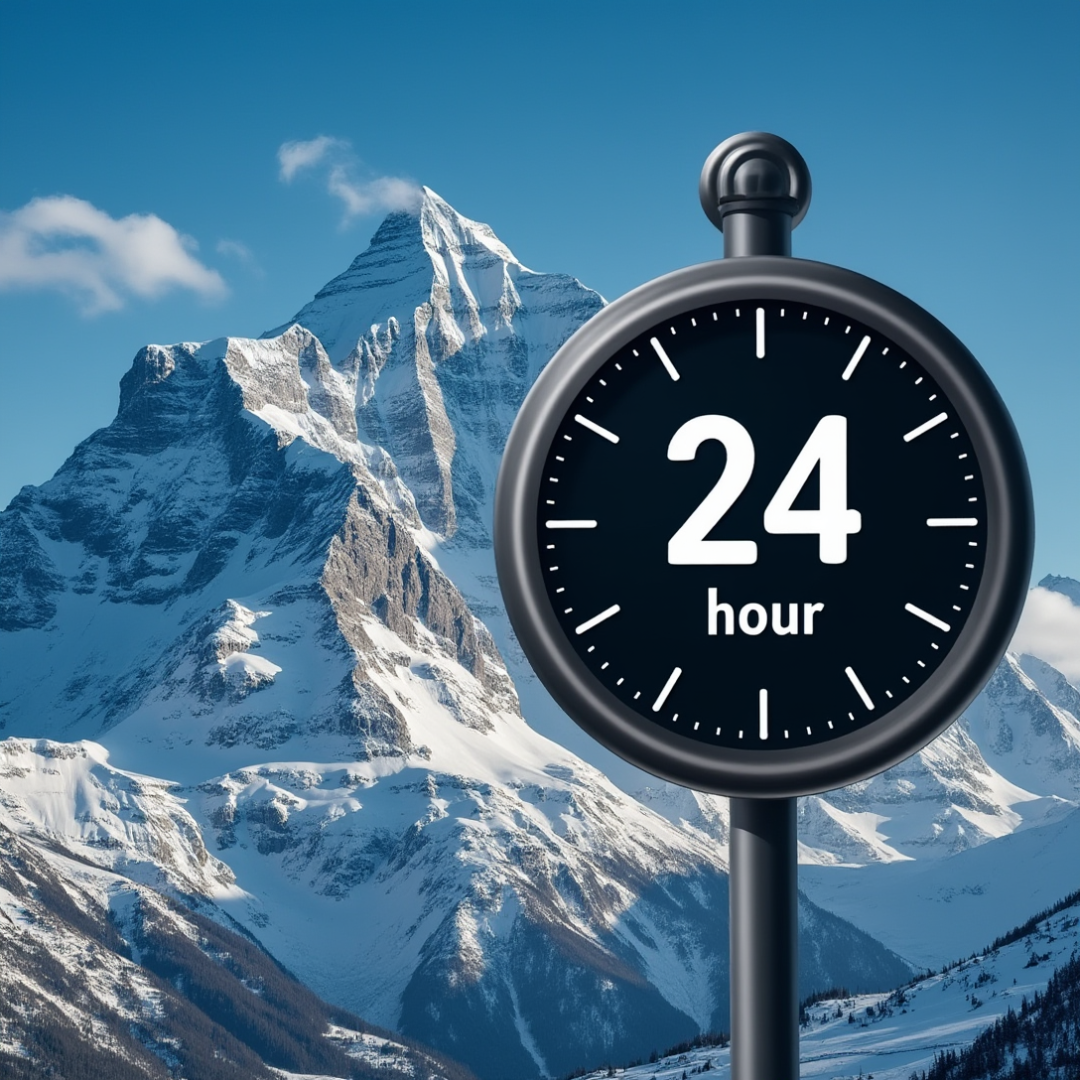It's been a long time since there's been any real snow to chase. Sure, there's been a couple 6\ events here and there lately, but that's not what we at Powderchasers live for. We crave the big dumps. Usually that means at least 8\" overnight but more often than not it's much deeper than that. Red Lodge and the Absaroka Range will get a significant dump tonight, and beyond that we finally have confidence in a pattern change. In this post, we mentioned Revelstoke as the only place that would see chaseable snow, and that's where we ended up. They got 10\" of dense snow from the first storm, and 8\" of good density snow from the second, leaving 18-24\" from mid mountain to the summit over the course of three days. We also got out for some cat skiing at K3, and here is a picture from that day, from @lstone84 on Instagram. By the way, if you want custom forecasting for YOUR chase, please join the Concierge program for your best odds of ending up in the deep.

Here is a quick edit from Revelstoke too.
Onto the forecast.
As has been the case for most of the last month, with a strong ridge over much of the West, the storm track will favor the eastern side of the continental divide. However, a small storm will break off the main trough to the east of the Rockies and traverse the divide, bringing snow to Montana, Colorado, and New Mexico.
 \\
\\
(Image courtesy of Weatherbell)
This will be a pretty quick hitting storm, but will deliver respectable totals to Montana and Colorado. Red Lodge will be the winner, with a favorable upslope Northerly wind, where 7-11\" will fall from tonight through tomorrow morning. Showdown will get a nice refresh with 4-7\". Most of the front range of Colorado will see 4-8\" as well. Eldora and Berthoud Pass should wind up on the high end of that range, with lesser amounts as you move west of the Divide. The storm will graze New Mexico as well, where 3-6\" can be expected at most resorts, with east facing slopes being favored due to the wind direction.
The long awaited pattern change is almost here. There will finally be powder to chase in the lower 48 once again. We have been stuck in this depressingly stable upper level Wave 3 pattern. For most of December, this pattern dropped a trough over the Western US, delivering huge snow totals. In January, the pattern shifted, leaving a big ridge over the West, but was similarly stable and hard to break down. We first discussed this type of Wave 3 pattern here, and it has continued to persist since then. These patterns are common in Winter, and you just have to hope that when it sets up, you're under the trough and not the ridge. The sun's uneven heating of the earth, large mountain ranges, and temperature contrasts between land and sea are the general reasons these patterns arise, and they often feedback positively to maintain the setup. Once again an upper level trough will move over the West, as seen below.

(Image courtesy of Weatherbell)
You can see the trough (dark blue colors) over the West as well as a ridge (yellow/orange/red colors) over the Pacific and Alaska. This feature is important for the trough to set up and remain over the Western US. The fact that this ridge is already somewhat split is a bit concerning, when it comes to how long this pattern will remain in place. Compared to the stable trough we saw in December, shown below, this Pacific/Alaska ridge feature is not in the ideal location.

(Image courtesy of Weatherbell)
So, while this pattern change will bring a return to snowfall starting this weekend, right now we are less confident in how long this setup will remain. This does not mean a more progressive pattern WON'T set up and continue delivering snow. We're just looking at the upper level atmospheric circulation and pointing out some features that help us understand what might happen beyond the pattern change. This new pattern will bring snowfall back to the West starting this weekend. Below are the 5 day snowfall totals from the American and European models, ending February 3rd. That looks pretty good, with solid snow across much of the West.

(Images courtesy of Weatherbell)
We'll leave the details of this storm to a future post. One other feature showing up in the models, in the first week of February, is some extremely cold air. Look at Barney overtaking the region, with a large swath of ~5k temperatures at 20C below normal. Brr.

(Image courtesy of Weatherbell)
Alright, that's it for now. We'll get into snow totals on the next post, but it's time to wax your skis and boards.



